Welcome to our shop! translation into English is in progress, check the product on " Не Українською"
Buy⚔️ for a gift and for collecting Pistol French cavalry model 1822T years with capsule lock in Ukraine city of Kyiv
Dear Collectors and guests of the site Antique Gallery, looking for a gift, in particular Antique weapons, your attention is invited:
French cavalry pistol of 1822T model with capsule lock.
This rare pistol was made during the reign of Napoleon Bonaparte. Its counterparts were actively used during the Battle of Waterloo. Preserved in its original condition, without restoration, this piece has a high historical value. All its parts retain their authentic stamps and the movement remains fully operational.
Country: France.
Dating: from 1847 to 1874.
Manufactured: in Charleville.
Collector’s preservation: 9/10.
Like most pistols of the time, it consisted of four parts: barrel and slide, lock, stock wood, and hardware.
The breech block consists of the barrel, to the rear of which the bolt is screwed.
Historical Background:
The Model 1822 flintlock pistol was made for cavalrymen and entered service with French units from 1806.
The Model 1822 Pistol was mainly inspired by the Pistolet An IX model, which succeeded, but also incorporated elements of the Navy 1786 pistol model, particularly the barrel mounts.
Over 300,000 pistols were made, mostly between 1806 and 1814 in Charleville, Mobeuge and St. Etienne.
The model 1822T (modèle An XIII T (T – transformed, remodeled), based on the model 1822 pistol (with flintlock), incorporates a major technological advancement of the time – primer firing, also called percussion firing.
The conversion from flintlocks to primer locks takes place in the mid-19th century and radically changes the silhouette of the pistol used then. The modified gun does not change its name, we just add the letter T after the model, which in this case gives the pistol model 1822T for the transformation.
The main modification concerns the lock, the old flintlock is removed and replaced with a new capsule lock, other parts are also changed to be usable.
The main modification concerns the lock, the old flintlock hammer trigger is removed and replaced with a new primer hammer with the head set back to the left. The cradle and flamethrower are also removed and the cradle location is blocked with an added piece of steel. The primer tube welded to the barrel replaces the old hole and the location is blocked.
The rest of the fittings of the 1822 flintlock remain unchanged, which also allows you to get a modern gun at a lower price. On the other hand, the barrel is bored to 17.6 mm caliber, and this caliber change is indicated by the inscription 17.6 on the side of the barrel. Finally, a fixed rear sight and a front sight, very useless accessories besides if you know that the vocation of this type of gun is close-range shooting.
At the beginning of the Second Empire the number of cavalry was increasing and as a result the troops had to be supplied with pistols, as the number of modified weapons was not sufficient, so new weapons had to be produced. In order to simplify the production, they decided to make some changes, which mainly affected the barrel. The primer tube is no longer welded to the barrel, as in the case of the modified guns, but the barrel with the pistol tube comes directly from the factory, and in the new barrels we no longer find traces of the old blocked hole, as the lock is now made without this fixture. The last detail, the base of the trigger guard has been simplified.
Since 1860, the last modification to the 1822T pistol interferes with the rifling on the barrel. Using this modification to again expand the barrel to 17.7 mm, and this caliber change is indicated by the letter “C” equal to 17.6. The letter “A” is on the side of the barrel, A is for expanded. The front sight has a round base, so that the 1822T fitted gun is recognizable at a glance. The choke is replaced because henceforth the cartridges supplied with the gun are rifle cartridges, and the powder charge is clearly unsuitable. The rod cup therefore serves as a measure to remove excess powder from the cartridge before use in the gun.
Thus, we can distinguish 2 weapons of the 1822T system:
* Model 1822 pistols previously converted with flintlock, percussion,
* Model 1822T pistols manufactured from the factory.
Consequently, the converted Model T applies to these two models.
The last single-shot cavalry pistol, the 1822T bis, was replaced by a modern weapon, the Model 1873 revolver, which would make the long career we know.
Photo Review:










Add a review
Be the first to review “French cavalry pistol of 1822T model with capsule lock.” Cancel reply
Categories: Antique Weapons, European weapons, Firearms, Gallery of sold
Related products
-
Sword for officers of all branches and administrations model 1872
620 $Original price was: 620 $.600 $Current price is: 600 $. -
Yatagan of the Ottoman Empire with the inscription: “O Muhammad, be my assistant.” 1824
4,250 $Original price was: 4,250 $.3,749 $Current price is: 3,749 $.
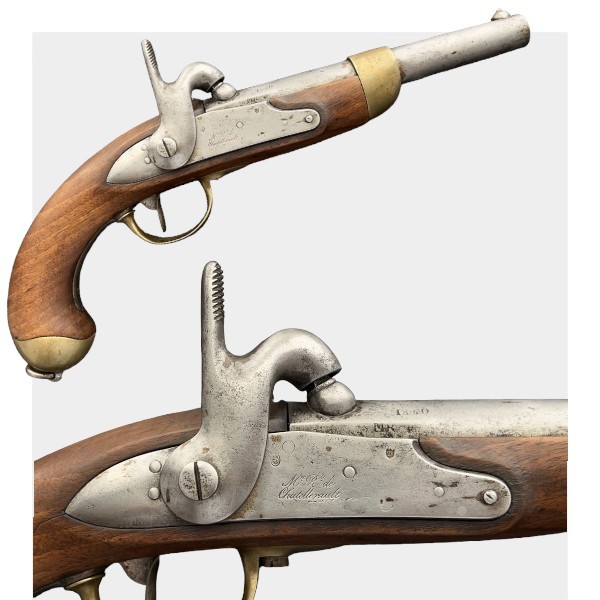

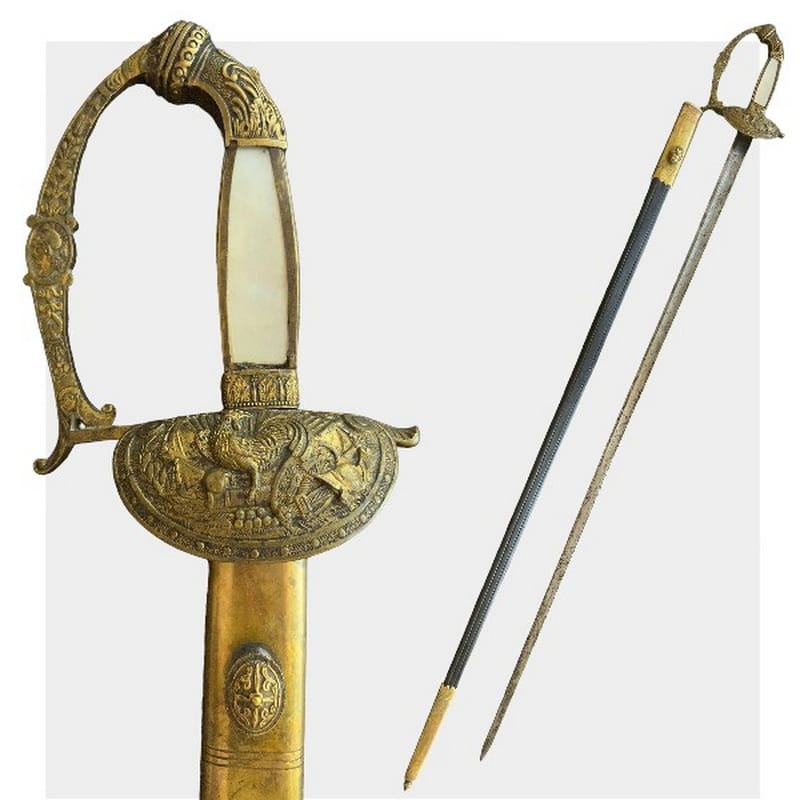




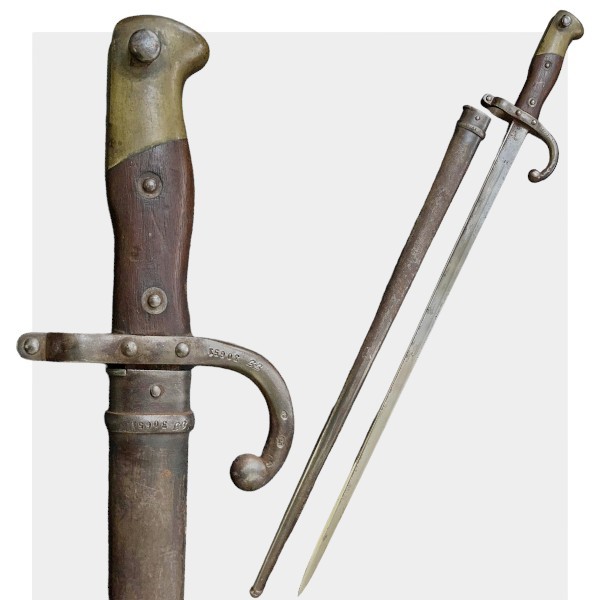

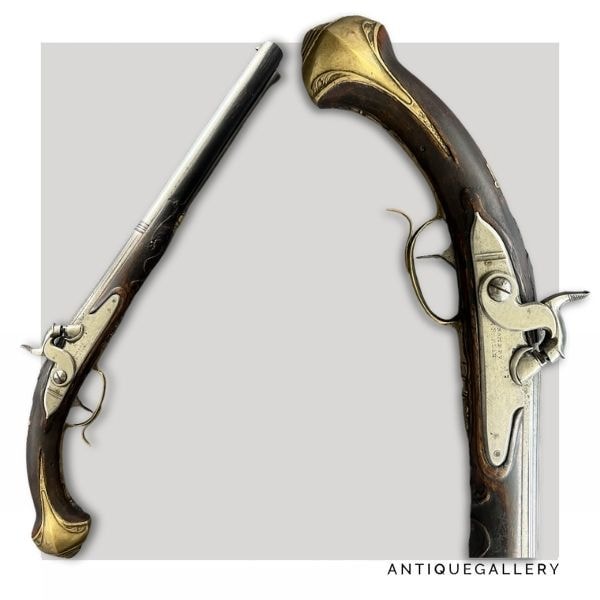
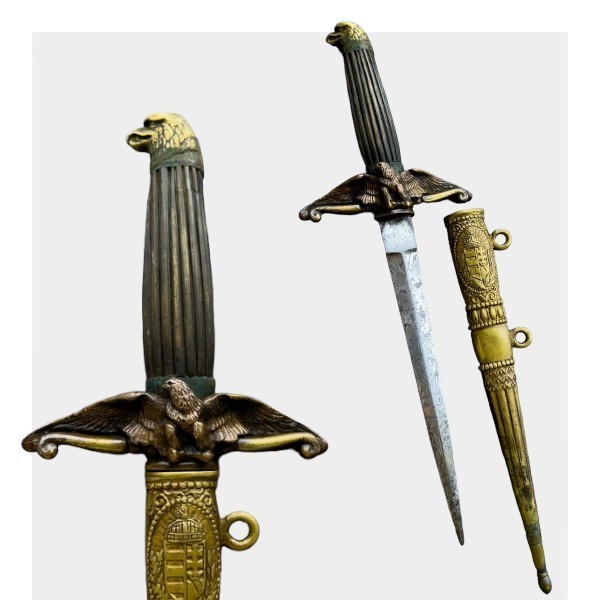
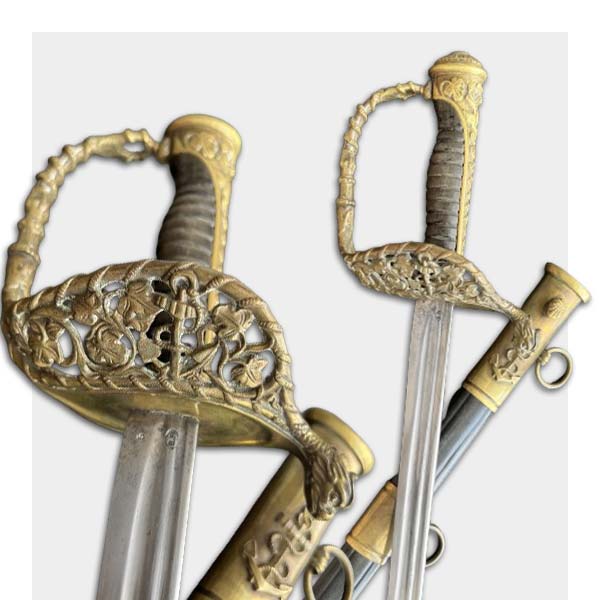


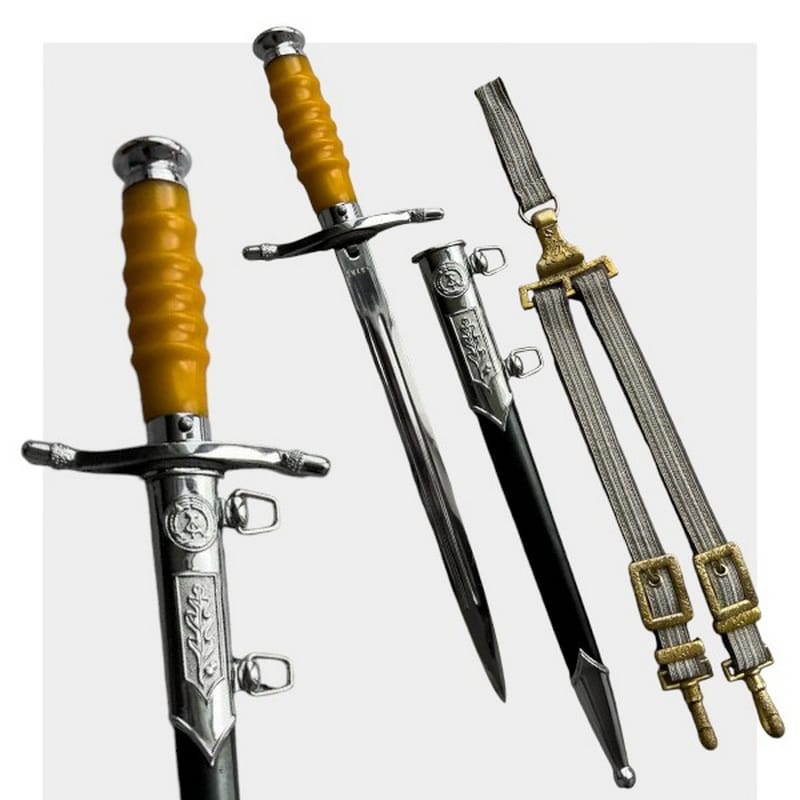
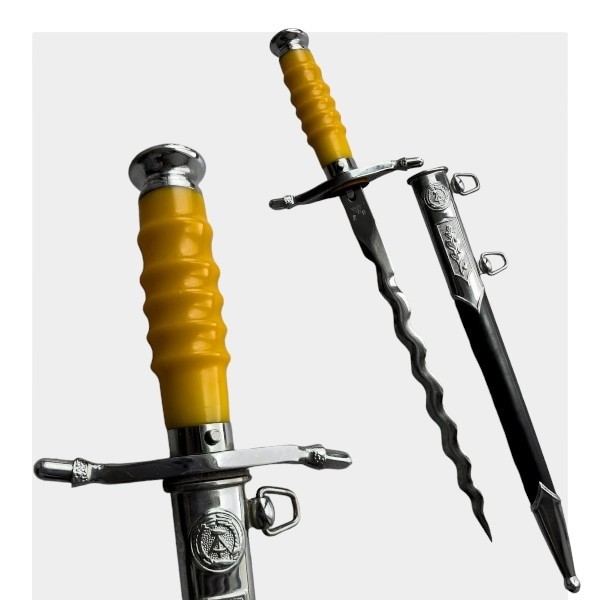





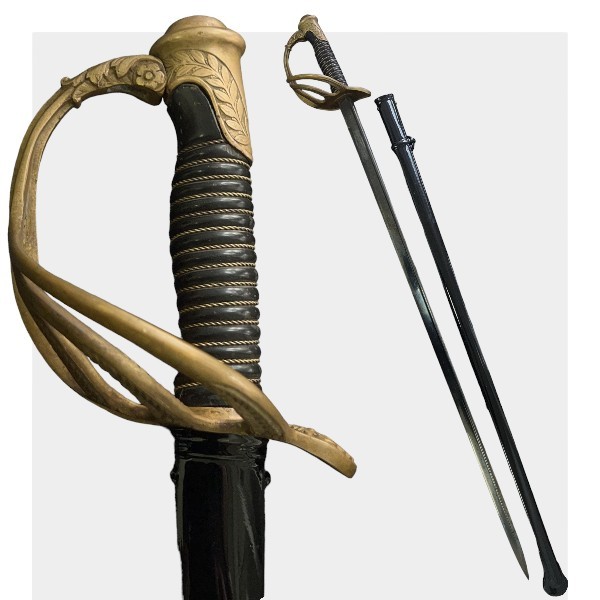


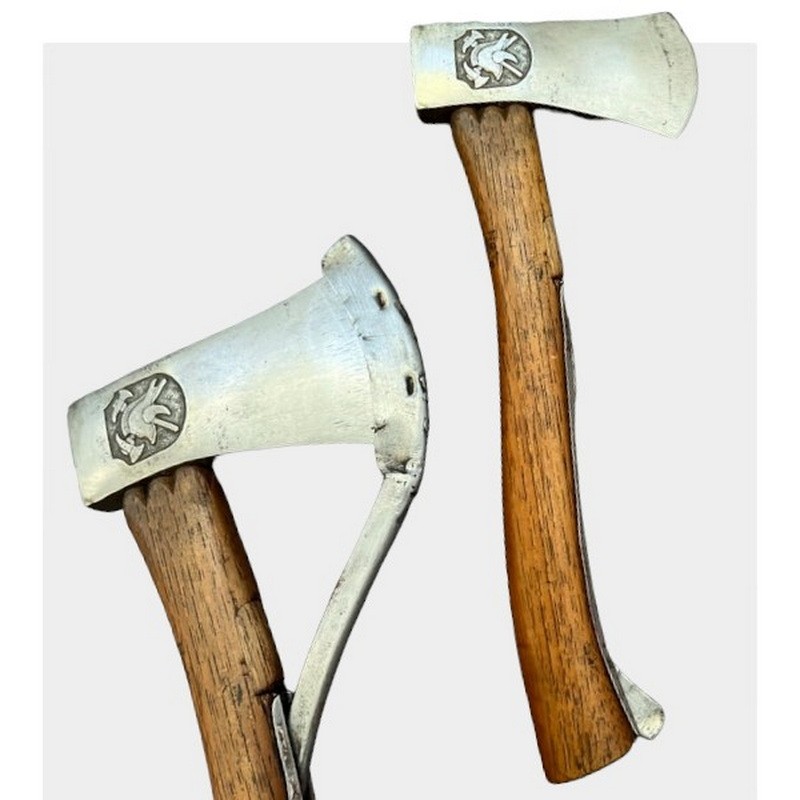



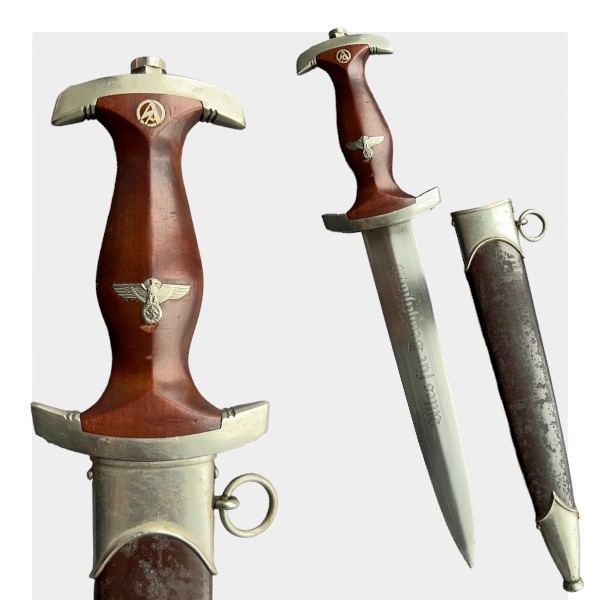

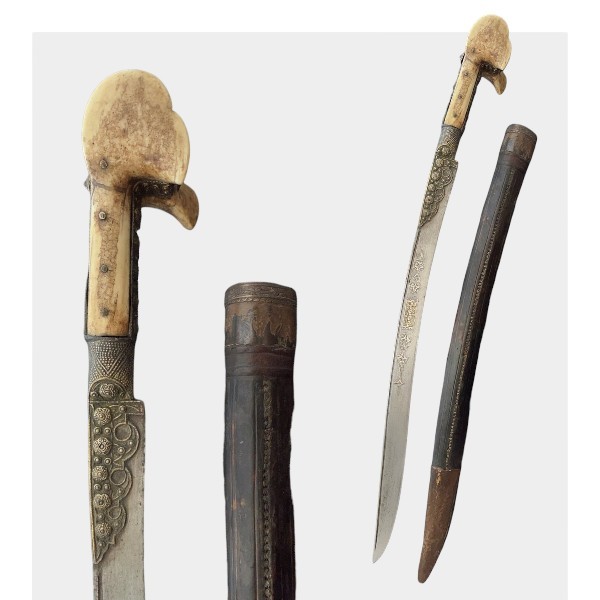
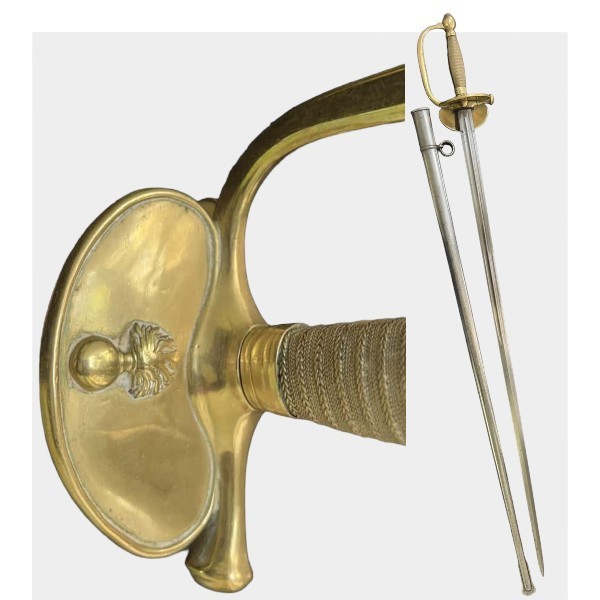
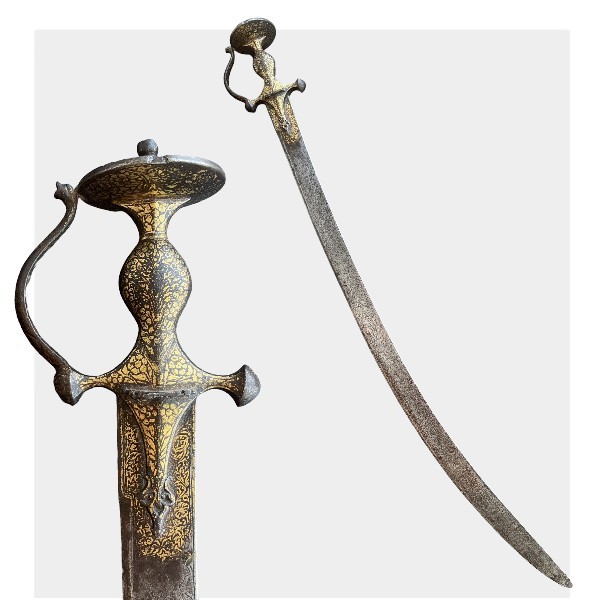
There are no reviews yet.